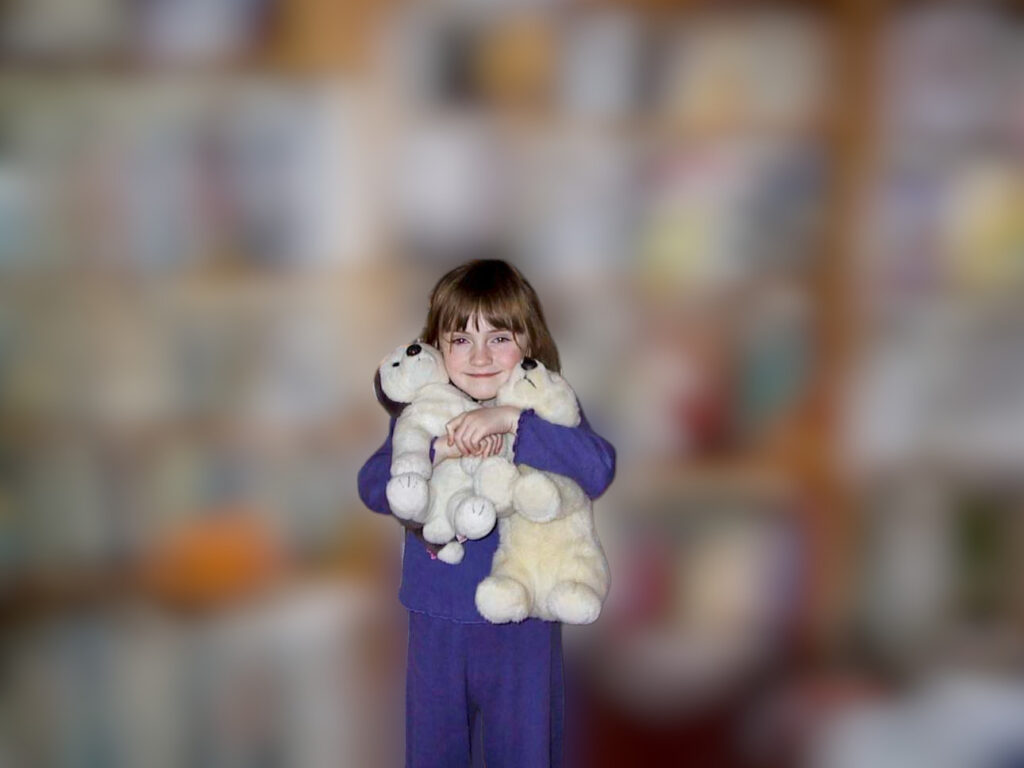Young researchers in the spotlight: Ruth Price
3 January 2024
We are writing profiles on early career researchers to make our younger scientists and their research more visible. It’s Ruth’s turn in the spotlight!
Ruth, please introduce yourself and tell us about yourself – who are you? where do you work?
I’m Ruth Price and I’m a postdoc working at the British Antarctic Survey in Cambridge, UK.
What do you do for PolarRES? Is it the first project you’ve worked on?
I study polar aerosols, clouds and their interactions, using high-resolution simulations. I joined PolarRES straight from my PhD so yes, this is my first project.
What is the most interesting thing you learned working on PolarRES?
I recently learned that the aerosol particles I study to try and understand future climate change are also measured in ice cores (columns of ice drilled from the ice sheet to extract ice that can be thousands of years old) in order to calculate how much sea ice there was up to 100 years ago. This blew my mind!
Where do you see yourself in 5 years? Are you still a researcher? What are you working on?
The polar science research community is incredibly welcoming and collaborative and I would love to stick around. Hopefully, as time goes by I’ll make more connections with researchers from outside the discipline of atmospheric science, since the polar climate system is so interconnected. PolarRES is a great opportunity for that!
What did you want to be when you were growing up?
Probably a Spice Girl. But I’ve also loved polar bears since I was about 4, so studying the Arctic is a pretty close second.

Who is your science idol? Someone you wish you could have a conversation with (from the past or contemporary)
David Attenborough.
What cool Arctic/Antarctica fact is your go-to icebreaker?
The word Arctic comes from the greek word arktos, meaning bear. So the Arctic is where the bears live and the Antarctic is the opposite of that. Very handy if you ever get them mixed up.
